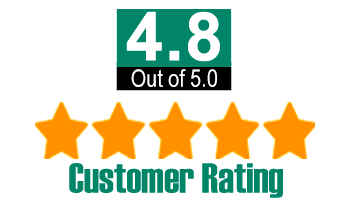Horiba IG-331 # 3014035117 Gloss Meter / Checker, Old # 375152
$969.00





FREE Ground Shipping
About this item
View More Details
- Horiba IG-331 # 3014035117 Gloss Meter / Checker, Old # 375152
- High efficiency measurement
- Measuring angles 20° and 60°
- Flexible use with its remote probe
- Range 0-100
- Cost Effective
View More Details
Horiba IG-410 # 3200190929 Dual Range Gloss Meter / Checker
$2,599.00





FREE Ground Shipping
About this item
View More Details
- Horiba IG-410 # 3200190929 Dual Range Gloss Meter / Checker
- For ultra high gloss measurement
- Dual range checker for Gloss and Ultra High Gloss measurement
- Flexible use with its remote probe
- Measuring angle 60°
- Dual range 0-100 and 0-1000
View More Details
Horiba IG-320 # 3014081377 Gloss Meter / Checker, Old # 375004
Discontinued Product
About this item
View More Details
- Horiba IG-320 # 3014081377 Gloss Meter / Checker, Old # 375004
- High precision measurement
- Internal memory
- Average mode
- Measuring angle 60°
- Range 0-100
View More Details
Copyright © 2025 Abq Industrial












